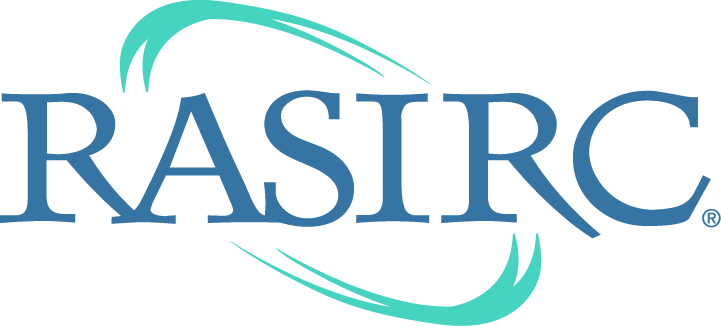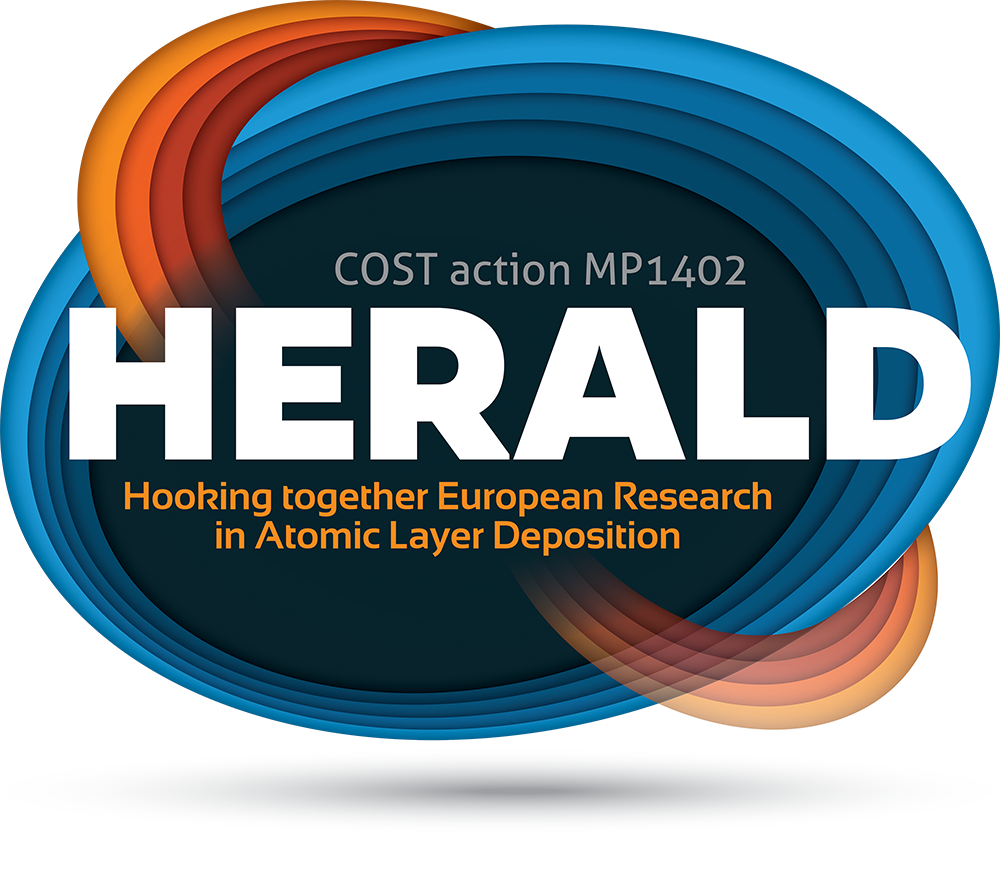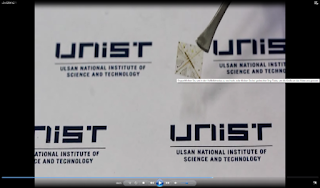Scientists from MIPT have succeeded in growing ultra-thin
(2.5-nanometre) ferroelectric films based on hafnium oxide that could
potentially be used to develop non-volatile memory elements called
ferroelectric tunnel junctions. The results of the study have been
published in the journal ACS Appl. Mater. Interfaces.
"Since the structures of this material are compatible with silicon
technology, we can expect that new non-volatile memory devices with
ferroelectric polycrystalline layers of hafnium oxide will be able to be
built directly onto silicon in the near future," says the corresponding
author of the study and head of the Laboratory of Functional Materials
and Devices for Nanoelectronics, Andrei Zenkevich.
The cross section of the non-volatile
memory structure shows a polycrystalline fused film of hafnium and
zirconium oxides grown on a highly doped silicon substrate (upper
electrode, titanium nitride)
(Source: Moscow Institute of Physics and Technology (MIPT), as published in EE Times)
As for you following this blog this is a break trough in the sense that
previous work by Globalfoundries, NaMLab and Fraunhofer IPMS-CNT on
ferroelectric hafnium oxide has always been much thicker (~70Å ) than a
standard HfO2 used in HKMG technology that is typically 17 to 20 Å or
so. Thick HfO2 is difficult to pattern since the etch species are not
that volatile and therefore you need an advanced chuck in the etch
chamber that can etch at elevated temperatures where the Hf-species are
volatile enough to go in the general direction of the pump line without
condensation anywhere on the wafer.
As for the deposition method they used the well known TEMAH-H2O and TEMAZ-H2O ALD processes. It would be nice for all of us ALD process guys if you also mentioned the reactor or at least type of reactor used. A deposition temperature of 240 C means one thing in a hot wall reactor and totally something different in a warm wall reactor for instance. For some reason physics, device & integration guys typically leave out this information - it is top secret even that ALD is a standard method today! The ellipsometer or AFM tool used or the TEM is always over specified, over specified - yeah you know even the AFM tips are specified. In this case, the
supporting information reveals that the ALD reactor is coupled to a photoelectron spectroscopy (XPS) analysis chamber so possibly it is a custom ALD chamber that has been used.
Ultrathin Hf0.5Zr0.5O2 Ferroelectric Films on Si
Anna Chernikova†, Maksim Kozodaev†, Andrei Markeev†, Dmitrii Negrov†, Maksim Spiridonov†, Sergei Zarubin†, Ohheum Bak‡, Pratyush Buragohain‡, Haidong Lu‡, Elena Suvorova†§∥, Alexei Gruverman*‡, and Andrei Zenkevich*†⊥
† Moscow
Institute of Physics and Technology, Dolgoprudny, Moscow Region 141700, Russia
‡ Department of Physics and Astronomy, University of Nebraska, Lincoln, Nebraska 68588-0299, United States
§ École Polytechnique
Fédérale de Lausanne, Lausanne, CH-1015, Switzerland
∥ A.V. Shubnikov
Institute of Crystallography, Leninsky
pr. 59, Moscow 119333, Russia
⊥ NRNU “Moscow Engineering Physics Institute”, Moscow 115409, Russia
ACS Appl. Mater. Interfaces, 2016, 8 (11), pp 7232–7237
DOI: 10.1021/acsami.5b11653

Because of their immense scalability and manufacturability potential, the HfO2-based
ferroelectric films attract significant attention as strong candidates
for application in ferroelectric memories and related electronic
devices. Here, we report the ferroelectric behavior of ultrathin Hf0.5Zr0.5O2
films, with the thickness of just 2.5 nm, which makes them suitable for
use in ferroelectric tunnel junctions, thereby further expanding the
area of their practical application. Transmission electron microscopy
and electron diffraction analysis of the films grown on highly doped Si
substrates confirms formation of the fully crystalline
non-centrosymmetric orthorhombic phase responsible for ferroelectricity
in Hf0.5Zr0.5O2. Piezoresponse force
microscopy and pulsed switching testing performed on the deposited top
TiN electrodes provide further evidence of the ferroelectric behavior of
the Hf0.5Zr0.5O2 films. The electronic band lineup at the top TiN/Hf0.5Zr0.5O2 interface and band bending at the adjacent n+-Si bottom layer attributed to the polarization charges in Hf0.5Zr0.5O2
have been determined using in situ X-ray photoelectron spectroscopy
analysis. The obtained results represent a significant step toward the
experimental implementation of Si-based ferroelectric tunnel junctions.



%20(1).png)









